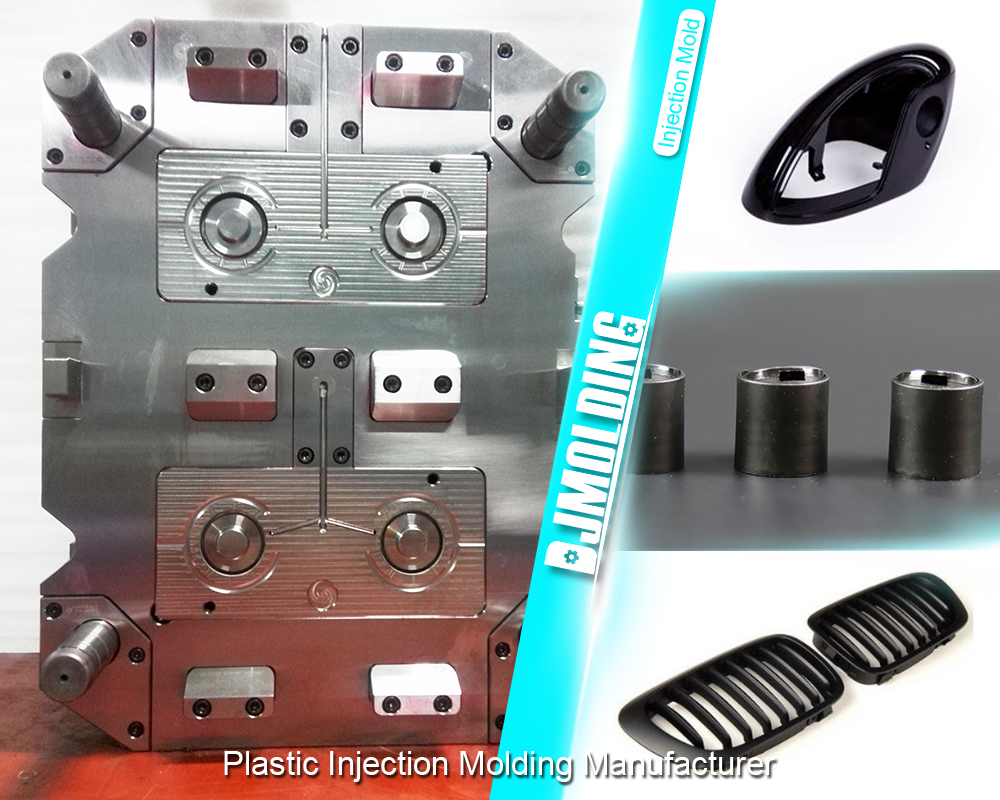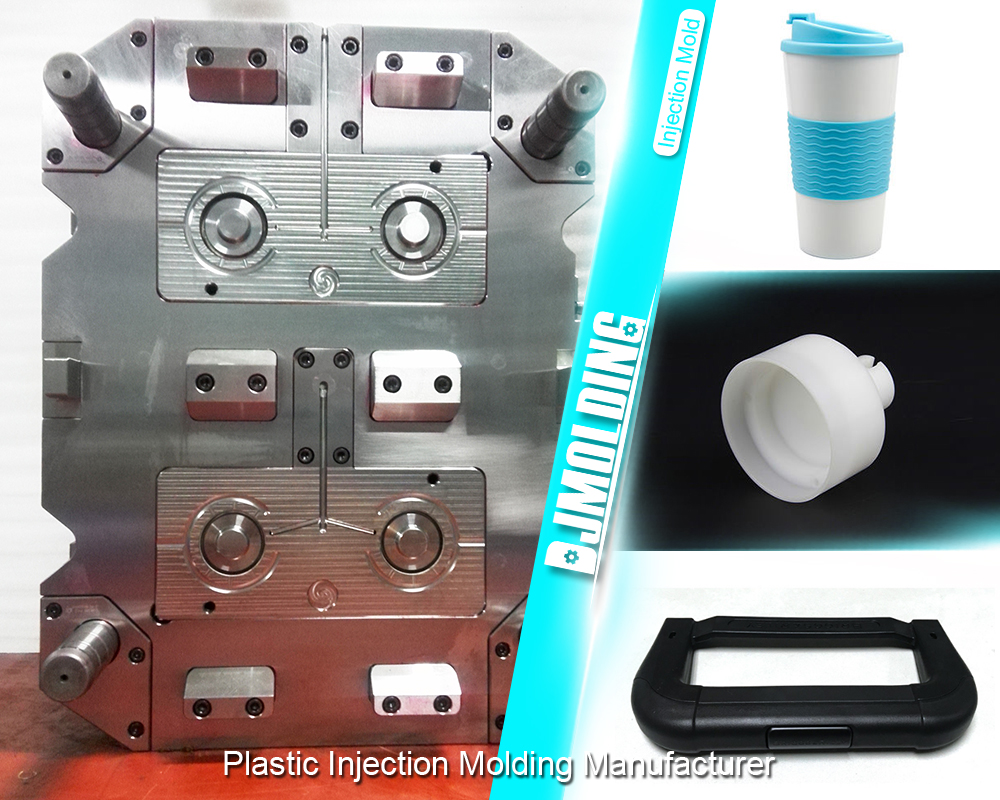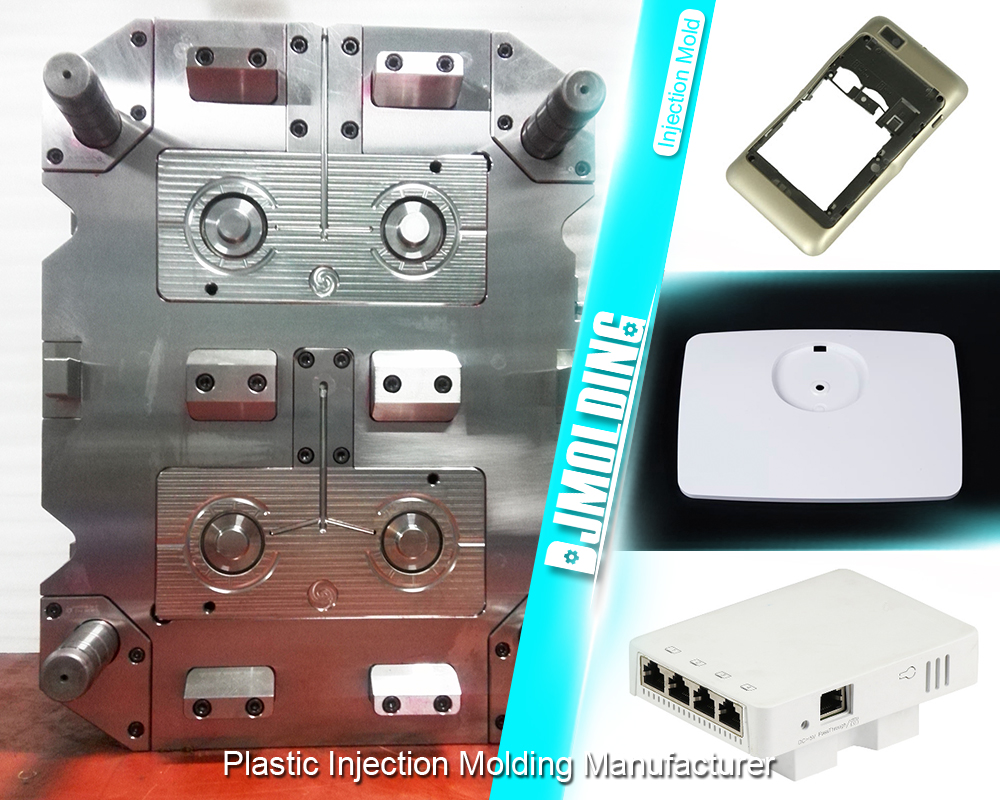Common Problems And Solutions In Your Plastic Injection Molding Manufacturing Process
Common Problems And Solutions In Your Plastic Injection Molding Manufacturing Process
At some point, all injection molding plants experience problems during production.
Therefore, today we present a guide with the 3 most common problems with their 3 solutions.
Let us begin!

Problem # 1: Scuff Marks On The Product
These marks are defects that appear in the molded pieces due to the deficiency of the raw material or a high thermal gradient inside the piece.
It causes the material in the center to contract and “pull” the material on the surface towards itself, without compensation for this volume contraction.
Solution:
1) Pack more plastic in the cavity
It may be that the amount of raw material available in the cycle is not sufficient.
This is achieved by increasing the level or duration of post-pressure or by improving the injection cushion, or also by increasing the diameter of the injection channel or changing the position of the injection molding point of the part.
It is always recommended to fill from the thickest end to the thinnest end of the part.
2) Achieve greater heat flow
Instead of allowing cooling to room temperature, in which free air convection is generated, it is recommended to use forced convection (for example, cooling with water).
If the flatness of the part allows it, you can place it between aluminum sheets1, which effectively remove heat by conduction.
Problem # 2: The Material Is Too Cold
The cold fluid that comes out of the nozzle and goes to the inside of the mold, can cause undesirable marks and spread throughout the piece.
This can also cause weld lines to appear, causing the dough to split.
Solution
- Check the temperature of the mold.
Problem # 3: Excessive Burr
When the polymer melt gets into the parting surface between the mold parts, we will have excessive burr.
It is generally caused by very high injection pressure compared to clamping force, oversize load, wear, or poor seal in cavities.
What is considered excessive burr?
Parts where the burr is greater than 0.15 mm (0.006”) or that extends into the contact areas.
Solution:
- Reduce injection size
- Lower injection pressures
- Increase the temperature of the dough by raising the counter pressure and / or the temperature of the drum
- Increase mold temperature or, if possible, increase closing tonnage
Problem # 4: Visible Flow Lines Present On Part Surface While Cavity Was Filled
They are commonly caused by poor dispersion of the resin color concentrate.
They are especially visible on black or transparent parts, on smooth surfaces or with metallic finishes.
Another cause may be that the temperature at which you are working is too low, because if it is not high enough, the corners of the flow fronts will not fully develop, causing a flow line to appear.
Solution
- Increase injection speed, injection pressure or maintenance.
- Reduce the temperature of the mold or the mass by lowering the back pressure and / or temperature of the drum.
- Increase the size of the entry and, if possible, reposition it.

For more about the common problems and solutions in your plastic injection molding manufacturing process,you can pay a visit to Djmolding at https://www.djmolding.com/about/ for more info.




